What You Need To Know About Healing Burns Easily – The Top 8 Essentials Oils for Healing Burns Naturally
The Top 8 Essential Oils for Burns
Overview
Burns can occur from exposure to hot liquids, steam, heat, the sun, or chemicals and are treated depending on the severity of the burn. Natural remedies and therapies are useful in healing the wound, reducing associated pain from the injury, and reducing the risk of inflammation, infection, and scarring.
Since the beginning of time, we have enjoyed an intimate relationship with nature. When there were no chemical-laden ointments, herbal pastes made from crushed flowers and leaves were used as healing salves to soothe skin burns and wounds. Over time, it was observed that some plants were more effective as first aid relief, while others helped the skin heal faster and prevented scarring when applied regularly. Knowledge gathered in this way passed through generations of healers, many of whom added their own observations of different plants and their therapeutic potential.
There was but one limitation: it took a long time to rejuvenate the injured skin as there was no way to increase the concentration or potency of herbs. Then came a life-changing invention that enabled us to capture and concentrate the essence of medicinal plants. With the steam distillation technique, it was now possible to pack massive amounts of herbs into a few drops of aromatic liquids called ‘essential oils.’ So revolutionary was this invention that there emerged a new discipline within the study of herbal medicine.
Aromatherapy, as we know it today, contains vast treasures of knowledge accumulated through thousands of years of continuous practice. It involves using essential oils obtained from flowers, buds, leaves, stems, barks, roots, fruits, peels, or other parts of medicinal plants to alleviate a range of common ailments, including minor burns and wounds.
Can essential oils help with burns?
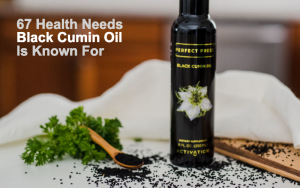
While essential oils can safely be used in minor cases of sunburns and first-degree burns, they cannot treat and should never be applied to serious deep injuries. Severe skin burns require immediate medical attention. Essential oils or any home remedy should be avoided if the pain is severe and the skin appears black, deep red, or white.
First-degree burns are mild cases that affect the topmost layer of the skin. Its symptoms include pain, redness, peeling, and swelling. Common types of kitchen burns that are caused by boiling water, steam, stovetops, or a hot pan can effectively be treated at home. Some essential oils are also useful for soothing sunburns and may help reduce sunspots and inflammation.
Which essential oils are good for healing burns?
1. Lavender
Lavender is an ancient home remedy that is still popularly used for various kinds of household injuries, including kitchen cuts and burns, wasp stings, insect bites, sunburns, scrapes, and skin irritations. It has antiseptic, analgesic, and anti-inflammatory properties that can quickly relieve pain from burn wounds, reducing swelling and redness in the area. Put a drop directly on the affected skin to disinfect the skin and prevent microbial invasions.
Lavender is so mild on the skin that it can even be used on children. Research shows that topical application of lavender oil promotes collagen synthesis and accelerates the formation of new tissues. Inhalation of lavender also helps reduce pain due to its sedating and calming effect on the nervous system.
In a 2021 study, children with second-degree superficial burns were given inhalation therapy with lavender oil approximately an hour before dressing. Researchers found that lavender significantly reduced pain levels during and after dressing and stabilized vitals in children. They also suggested that linalool and linalyl acetate compounds in lavender oil stimulate the release of dopamine and endorphin hormones, which work like natural pain relievers.
2. Ylang Ylang
From minor wound healing to diabetes and rheumatism, Ylang Ylang oil has been used in aromatherapy for a wide range of therapeutic applications. Its calming, nourishing, rejuvenating, and emollient properties make it one of the best essential oils for soothing minor skin burns.
Studies have shown that topical application of Ylang Ylang speeds up wound recovery and benefits damaged skin in multiple ways. Its antiseptic abilities can prevent wounds from getting infected with germs, while its soothing effect provides relief from itching, swelling, peeling, redness, and inflammatory reactions.
Ylang Ylang is also rich in antioxidant compounds that can help reduce scarring and accelerate the regeneration of tissues. This versatile essential oil can be used both as first aid relief and a repairing salve.
3. Chamomile
Chamomile is hands-down one of the most powerful wound healers of all time, having been used in traditional medicines for over 5,000 years. The essential oils obtained from chamomile flowers – both German and Roman types – contain a compound called chamazulene, which studies have shown to be a strong anti-inflammatory agent.
When applied topically to first-degree burns and sunspots, chamomile quickly alleviates pain, moisturizes the skin, reduces swelling, and speeds up the restoration process. In a 2007 animal study, chamomile oil helped the wound heal faster in rats with second-degree burns.
In a recent 2020 clinical trial, patients with second-degree burns were assigned into two groups: one group was given Silver sulfadiazine cream (a medically used ointment), and the other group received chamomile cream. Both groups were treated daily up to the time of healing. Patients receiving chamomile treatment not only recovered much faster (with a 40% reduction in healing time) but also reported little to no side effects. Researchers concluded that chamomile extracts can be
4. Geranium
Immensely popular for its deliciously sweet rose-like aroma, the essential oil derived from geranium flowers is packed with wondrous skin healing properties. Studies have shown that linalool and geraniol compounds found in this essential oil exhibit pain-relieving and anti-inflammatory effects, making it one of the best essential oils for burn relief.
When applied to skin burns, geranium oil has been found effective against a number of bacterial infections. Evidence suggests that geranium may help soothe sunburns, prevent scarring and peeling of the skin, minimize dark spots, and promote skin regeneration. A powerhouse of flavonoids, it also works as an emollient and collagen booster for damaged skin.
Being a gentle oil just like lavender, geranium can also be applied directly to burn wounds as first aid treatment. Inhalation of its soothing aroma further supports healing due to its favorable effect on hormones and emotions.
5. Peppermint
Peppermint oil has long been used in wound care and pain management. This highly aromatic plant comes from the same mint family that includes some well-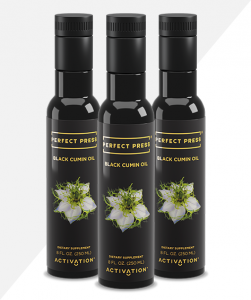
Peppermint is also known to help protect an open wound against infections and other skin conditions like rashes, blisters, or hives. Research shows that topical application of peppermint resists bacterial growth and promotes infection-free wound healing.
Peppermint should always be used diluted and in extremely low amounts. In some cases, menthol has been known to cause skin irritations.
6. Frankincense, Tea Tree, and Manuka
Among the many essential oils that can be used for healing and soothing burns, frankincense, tea tree, and manuka are also effective. Tea tree and manuka help reduce the risk of infection and soothe the skin. Frankincense helps to reduce scarring and inflammation at the location of the burn. A 2015 study reported that when tea tree oil is included in burn treatment, it reduces edema as a result of UVB exposure and presents a great approach for topical healing of inflammatory disorders and wounds.
How to use essential oils on burns and scars
Before applying essential oils or any other ointment, it is crucial to soothe the skin with simple cool water (running water if possible) for at least 20 minutes. After making sure that the injury is not deep and does not require medical help, you can attempt to treat the burn with essential oils.
First aid
Put a drop of a gentle essential oil directly on burn wounds. While this method is completely acceptable in some occasional cases, it is best to mix essential oils in cold water and then apply with cotton. Please do not use any carrier oil on recent burns, as oils can retain heat and worsen the wound.
Prepare a homemade remedy: salves
Once the wound starts healing, you can apply oil-based homemade ointments to boost hydration and accelerate rejuvenation.
Method 1: Combine 2 tablespoons of aloe vera gel with 5 ml of olive oil. Add 3 drops of lavender and 2 drops each of chamomile and frankincense. Frankincense nourishes the skin and reduces scarring. Gently apply on the affected area twice daily.
Method 2: Melt one part of beeswax with three parts of shea butter and two parts of almond oil in a double boiler. Add 10-12 drops of essential oil and mix well. Put the mixture in the refrigerator for 30 minutes to allow rapid cooling. Use it as a burn relief ointment and apply 2-3 times daily.
Method 3: Mix 2 ounces of raw honey, 2 tablespoons of extra-virgin olive oil, and 15 to 20 drops of lavender, peppermint, or a combination of the two in a glass container. Spread the mixture generously over the burn and cover the site of injury with a bandage or dressing.
Possible risks and safe practices
Some essential oils like peppermint and tea tree have a tingling effect, which may further irritate the skin and worsen burn wounds if applied undiluted. When used in recommended amounts and with proper dilution, essential oils are generally considered safe for topical treatment.
Some people may experience allergic reactions and skin irritations when using an oil for the first time. A patch test is recommended before using essential oils on burn wounds. It is also important to choose high-quality essential oils for therapeutic purposes. Low-grade oils may contain chemical irritants, which can worsen skin burns.
Final thoughts
Aromatherapy is an age-old science that employs concentrated plant essences to help with common maladies, including minor kitchen burns and sunburns. Essential oils derived from certain medicinal plants can help ease the pain and inflammation of first-degree burns, reduce the risk of infections, boost skin nourishment, and promote restoration.
However, essential oils are also known to cause chemical burns when not used with proper care and awareness. When in doubt, always consider a patch test and start with extremely low concentrations.
While minor burns and scalds can effectively be treated at home, please seek professional help if you experience severe pain or numbness. Not feeling pain may indicate nerve damage, which requires immediate medical assistance.
To Your Health!
References
https://www.ncbi.nlm.nih.gov/pmc/articles/PMC8781071/
https://www.sciencedirect.com/science/article/pii/S0965229921000996
https://www.sciencedirect.com/science/article/abs/pii/S0305417917305636
https://www.ncbi.nlm.nih.gov/pmc/articles/PMC4880962/
https://www.ncbi.nlm.nih.gov/pmc/articles/PMC6988806/
https://www.ncbi.nlm.nih.gov/pmc/articles/PMC5964621/
https://www.thieme-connect.com/products/ejournals/abstract/10.1055/s-0035-1545223
https://www.sciencedirect.com/science/article/pii/S2214008517300123
https://pubmed.ncbi.nlm.nih.gov/18404562/
https://www.ncbi.nlm.nih.gov/pmc/articles/PMC2995283/
https://jmp.ir/article-1-2378-en.html
https://pubmed.ncbi.nlm.nih.gov/24103319/
https://pubmed.ncbi.nlm.nih.gov/28089405/
https://journals.sagepub.com/doi/full/10.1177/2513826X211022214
http://www.ncbi.nlm.nih.gov/pubmed/26328444/

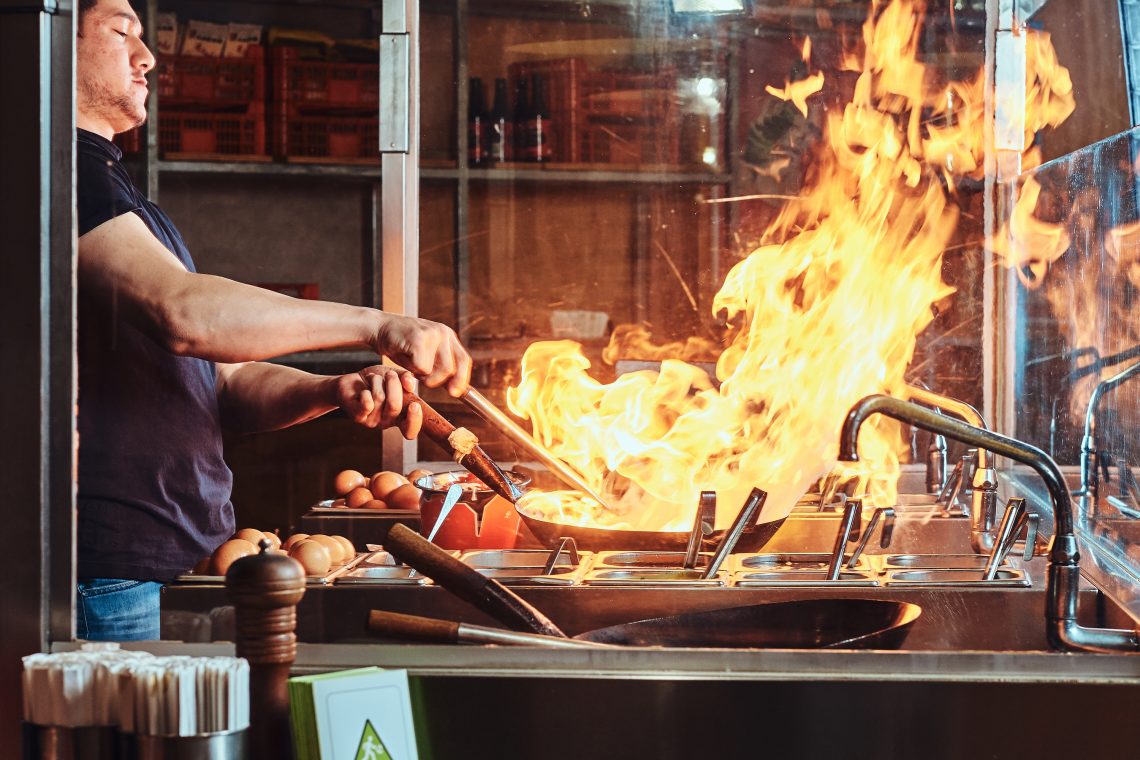
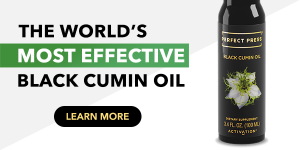
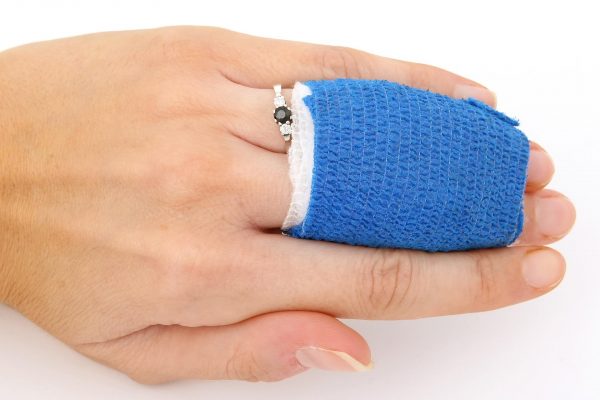

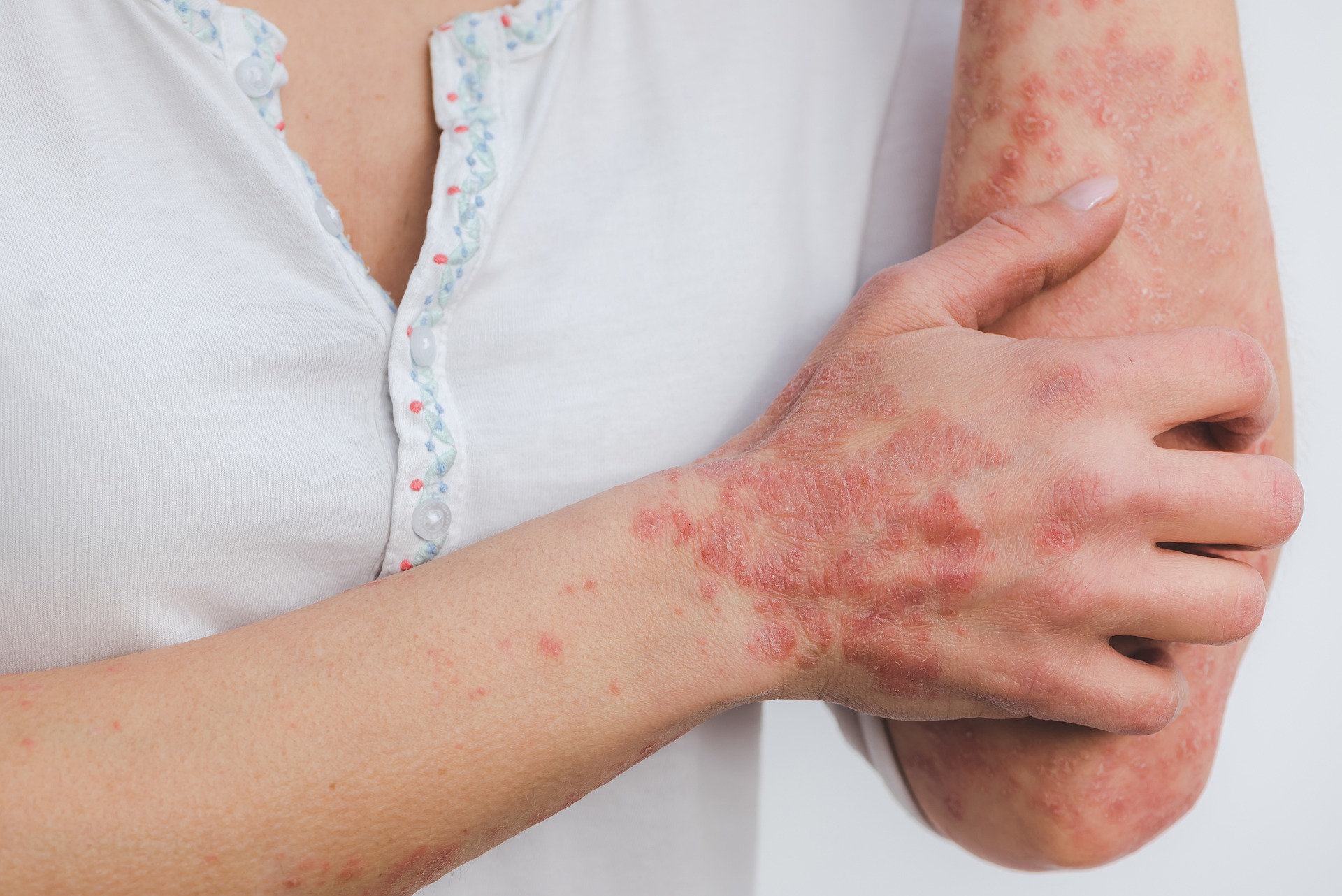



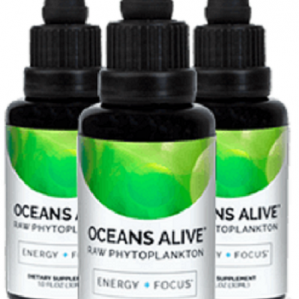
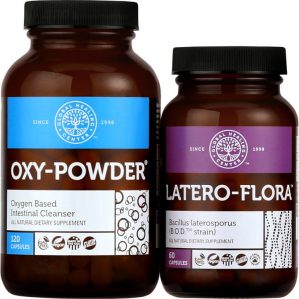
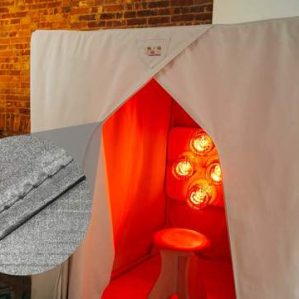
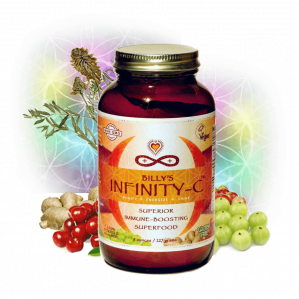
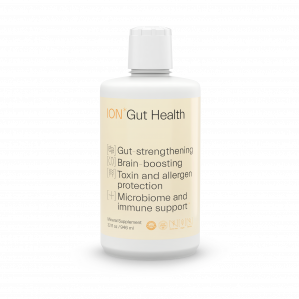











0 Comment